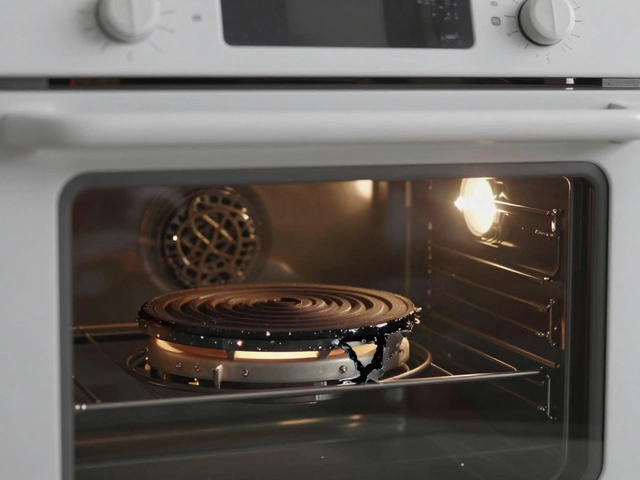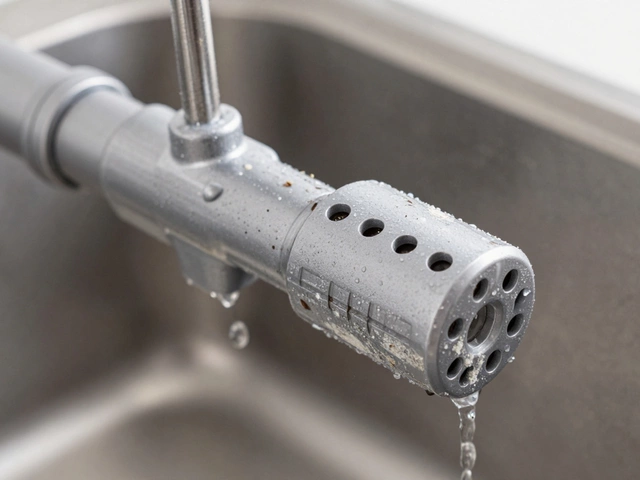Thermostat: How It Works and Why It Matters
When dealing with thermostat, a device that monitors and regulates temperature in appliances or home heating systems. Also known as temperature controller, it keeps things from getting too hot or too cold.
Different Types of Thermostats in Your Home
In the kitchen, the oven thermostat, the component that tells the oven when to heat up or cool down works hand‑in‑hand with the home heating thermostat, the wall‑mounted unit that signals your boiler or heat pump to turn on. Both share the same goal – maintaining a set temperature – but they face different environment challenges. An oven thermostat deals with rapid temperature spikes, while a heating thermostat reacts to slower room‑temperature changes and often links to outdoor sensor units.
Behind every thermostat sits a temperature sensor, usually a thermistor or RTD that converts heat into an electrical signal. The sensor feeds data to a control board that decides whether to power the heating element, gas valve, or boiler. Modern units may use fuzzy‑logic or PID algorithms to smooth out swings, while older models simply flip on or off at set points. Understanding this flow helps you diagnose why a device feels “off” – the fault could be in the sensor, the wiring, or the control logic itself.
When a thermostat starts giving wrong readings, the symptoms are easy to spot. Your oven may stay cool even though you’ve set 200 °C, or your heating system might cycle on and off constantly, never reaching comfort. Often the cause is a mis‑calibrated sensor, loose connection, or a worn‑out relay. In many cases a quick reset – turning power off for a minute – clears a stuck relay. If the problem persists, checking the sensor’s resistance with a multimeter (compare to the manufacturer’s spec) can confirm whether it’s failed. Replacing a sensor is usually cheap, but swapping the entire control board can be pricey, making a professional diagnosis worthwhile.
Before you call a repair tech, run a few DIY checks. Verify that the power supply is stable, look for obvious burnt marks, and ensure no drafts are blowing on the sensor. For oven thermostats, remove the back panel (after unplugging) and feel the heating element; it should glow red when the oven is on. For heating thermostats, make sure the wall unit is level – an uneven mount can trick the sensor. If you’re comfortable with basic wiring, you can test the thermostat terminals for continuity; just remember to switch off the circuit breaker first. When in doubt, especially with gas‑fired appliances, let a certified professional handle the job to stay safe and compliant with UK regulations.
Below you’ll find a hand‑picked collection of articles that dive deeper into specific thermostat topics – from why your laptop isn’t a thermostat to how to spot a failing oven thermostat, and from energy‑saving tips for home heating to step‑by‑step DIY guides. Whether you’re fixing a fridge’s internal temperature sensor or deciding whether to replace an old boiler thermostat, these posts give practical advice you can act on right away.
Ready to explore the details? Scroll down to the articles that match your situation and start solving thermostat troubles today.
Is your shower suddenly cold or your water heater acting weird? This article breaks down how to tell if your hot water heater thermostat is the real problem. You'll get clear warning signs, simple tests, common mix-ups, and smart tips for checking and fixing your thermostat. Don’t waste cash or time—learn what’s wrong before calling in the pros.


